WHY TTL MARKETING STRATEGIES ARE ESSENTIAL IN THE OMNICHANNEL RETAIL ERA ?
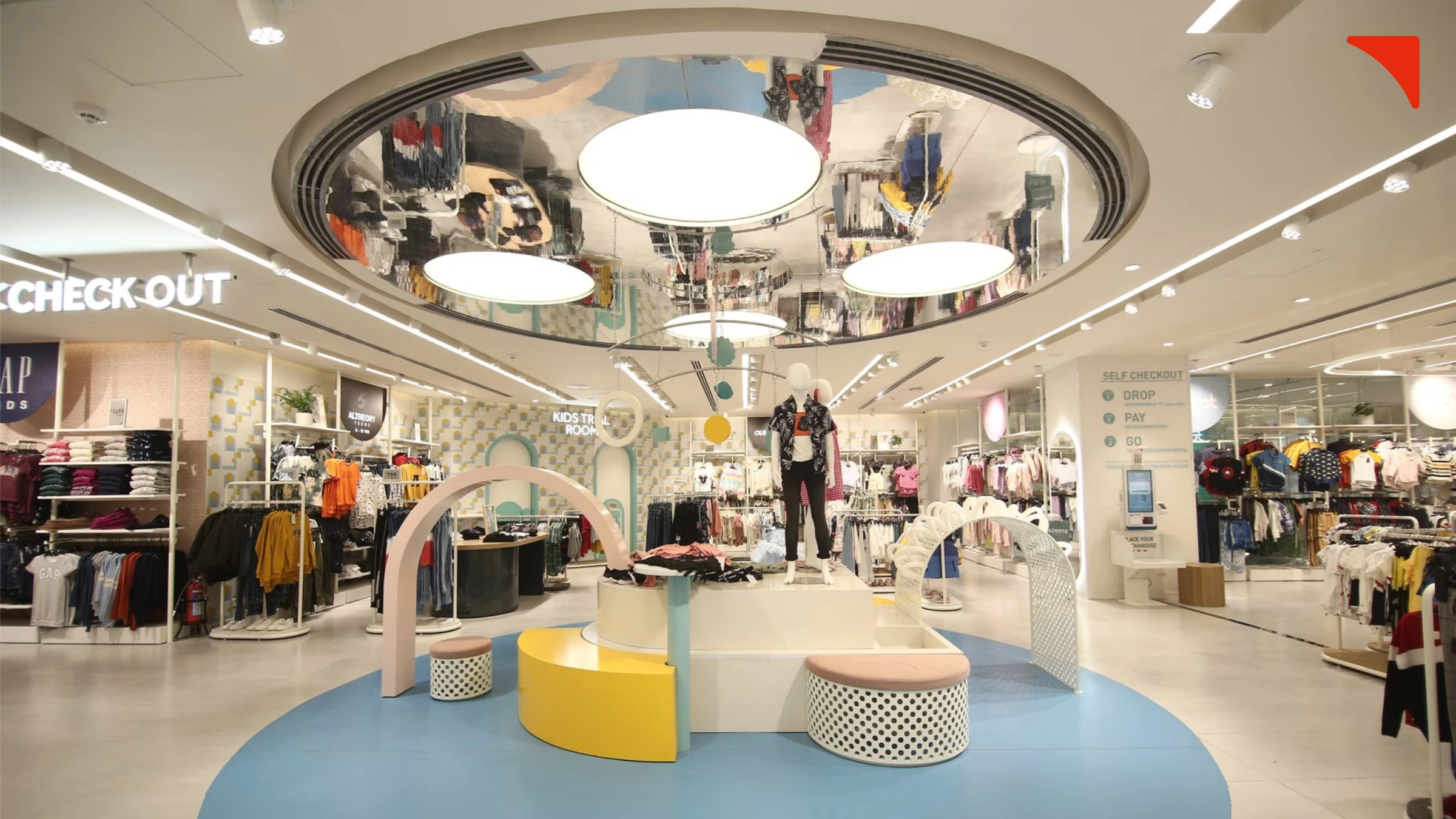
In the middle of market highs and lows where customer attention is fragmented across digital, physical, and hybrid touchpoints, it is crucial for retail brands to evolve beyond traditional marketing blueprints. Marketing strategies are no longer separated by above the line and below the line tactics and not executed in silos. In fact, today we are living in an omnichannel ecosystem where every moment is an opportunity, every platform a storefront, and every engagement a potential conversion point. Well, this is exactly where TTL marketing enters the play.
Through the line strategies aren’t just a mix of ATL and BTL activities. Instead, they are a holistic, intelligence driven marketing model that is specifically tailored to handle the complexity of modern commerce.
In the omnichannel retail era, TTL has emerged as one of the most important architecture for unifying brand communication. It aligns cross channel behaviors and drives both brand and business growth together.
Through the medium of this blog, we will explore what through the line marketing truly means in 2025, how it has evolved, and how modern retail brands are applying it to thrive in this phygital era.
Understanding TTL Marketing in a Modern Context

Long time back, TTL was viewed just as a way to connect the wide net of ATL and BTL marketing strategies. In other terms, it was a considered as a bridging strategy of the wide net of mass market messaging with the personalized intimacy of targeted campaigns. However, this definition has now aged.
In today’s omnichannel reality, the concept of TTL does not revolve around balancing ATL marketing activities with BTL ones. Instead, it is now about creating a single, fluid ecosystem where awareness, consideration, conversion, and retention are not just linear steps but overlapping layers of the same journey.
When TTL marketing strategies are executed correctly, they allow brand to:
● Establish and maintain a consistent voice and identity across all touchpoints.
● Utilize first party data in order to personalize every step of the consumer journey.
● Leverage behavioral signals and other aspects and further adapt in real time.
Why TTL Is Critical for Omnichannel Retail
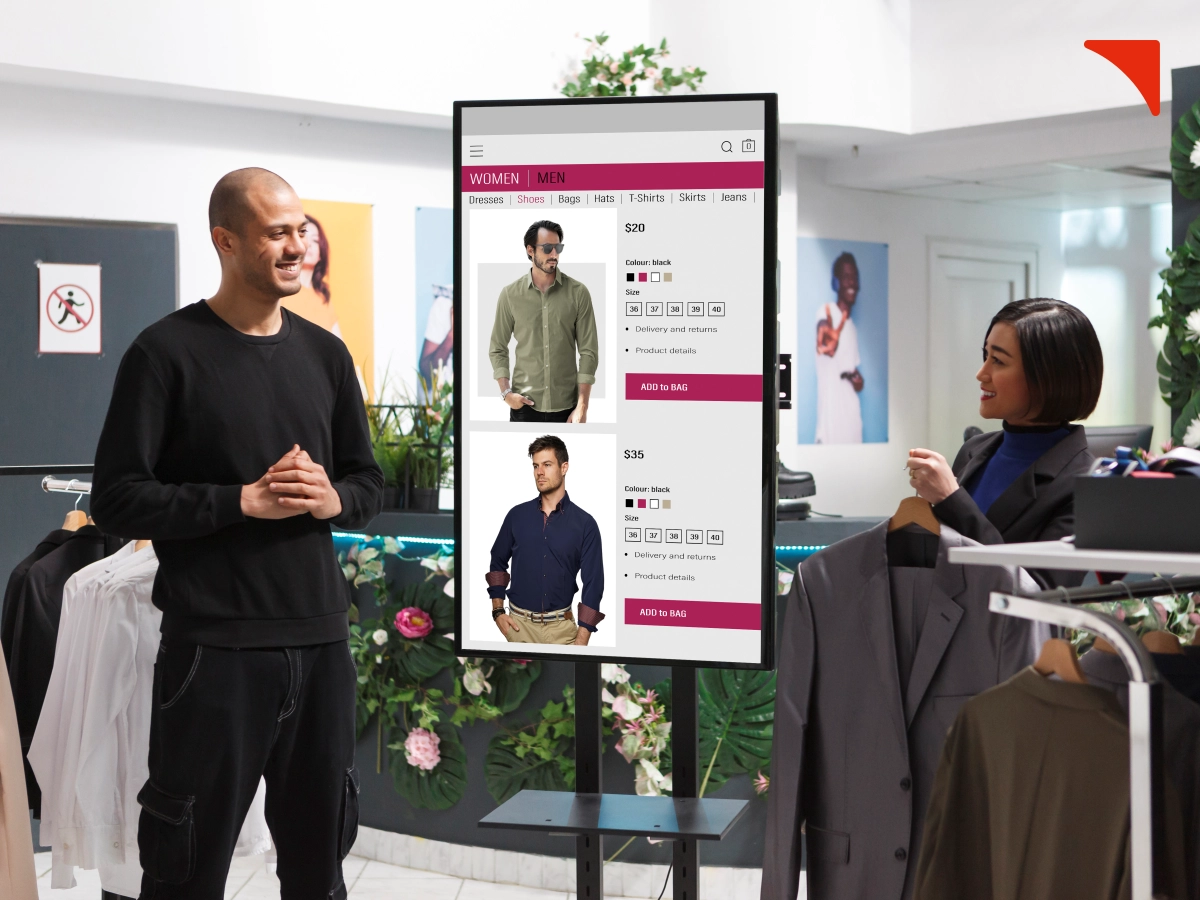
Omnichannel retail is defined by channel fluidity. A customer might scroll past a brand’s ad on Instagram, try the product in-store, get retargeted on YouTube, and make the final purchase through a voice assistant. These behaviors are not just common. Instead, they’re standard.
TTL is the only marketing framework that is flexible enough to respond to this behavioral complexity. Mentioned below are four strategies that underline the importance of TTL in omnichannel retail:
1. Consumer Attention is Decentralized
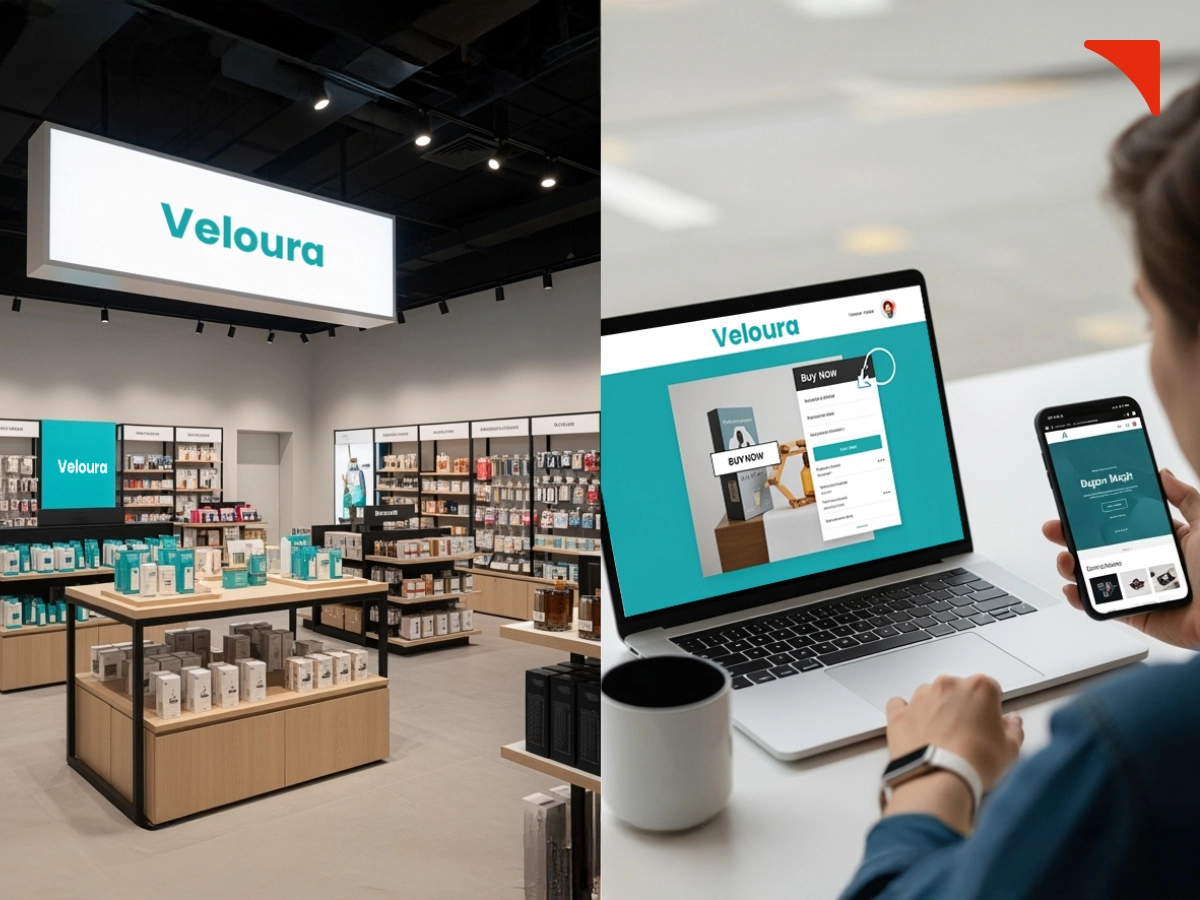
Consumers don’t differentiate between a brand’s TV ad, mobile push notification, or in-store experience. They expect consistency and relevance. In this scenario, a perfect mix of ATL and BTL marketing activities ensure that every brand encounter, irrespective of the space where it happens, is connected to a central narrative and personalized to context.
2. Commerce and Content Have Collided
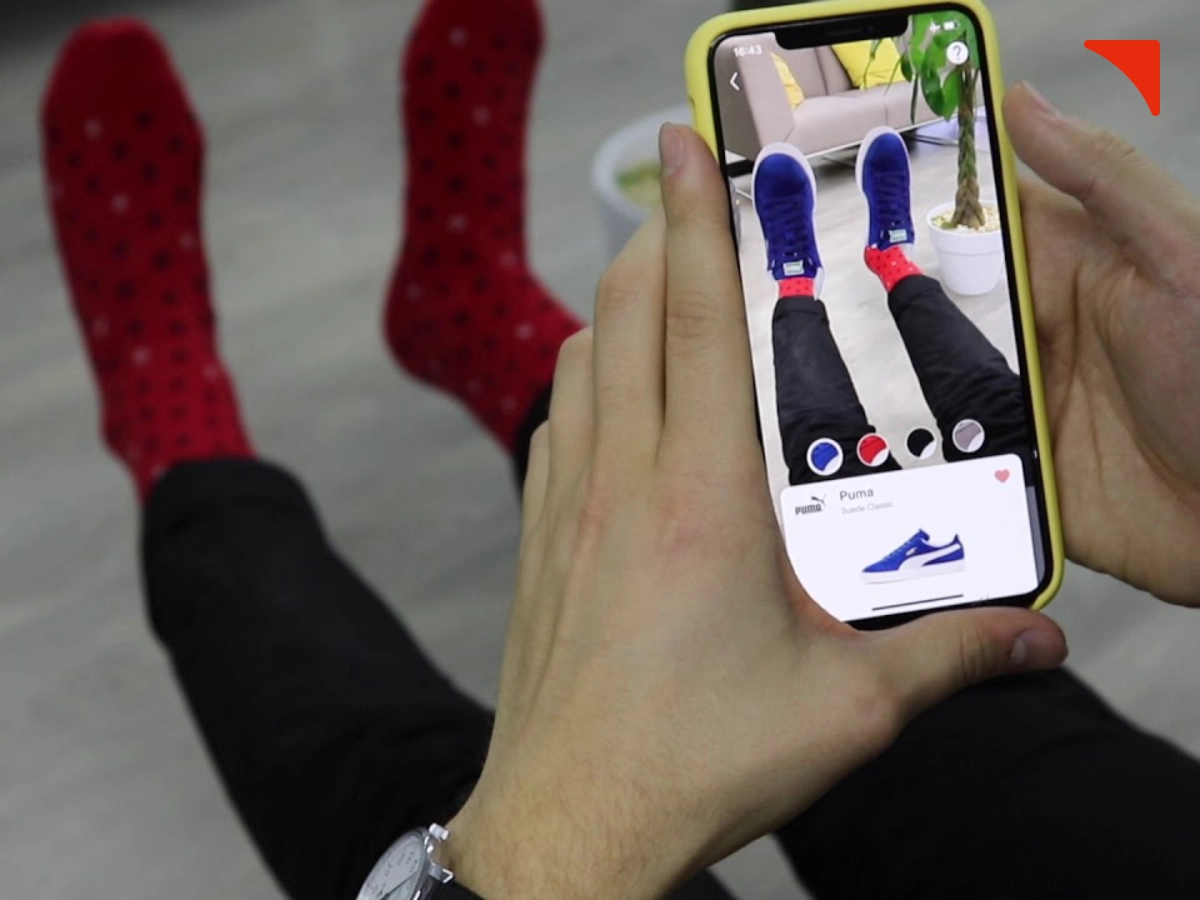
Marketing is no longer just about awareness. Instead, it is about enabling transactions within moments of interest. From shoppable videos to interactive product demos on social media, the thin line between content and commerce is speedily dissolving. TTL strongly supports this by turning every touchpoint into a performance enabled asset, that too without compromising on brand integrity.
3. Data Fragmentation Threatens Performance

As privacy regulations tighten and third-party cookies disappear, retailers must unify their owned data ecosystems. TTL enables this by using real-time behavioral insights and customer profiles to bring together both mass and micro-level engagements.
4. Traditional Attribution is Obsolete

Old models measured success through last-click conversions or channel ROI. TTL demands a new measurement paradigm—one that accounts for the compound influence of omnichannel touchpoints on both long-term brand equity and immediate sales.
Developing A TTL Marketing Strategy For Omnichannel Retail!
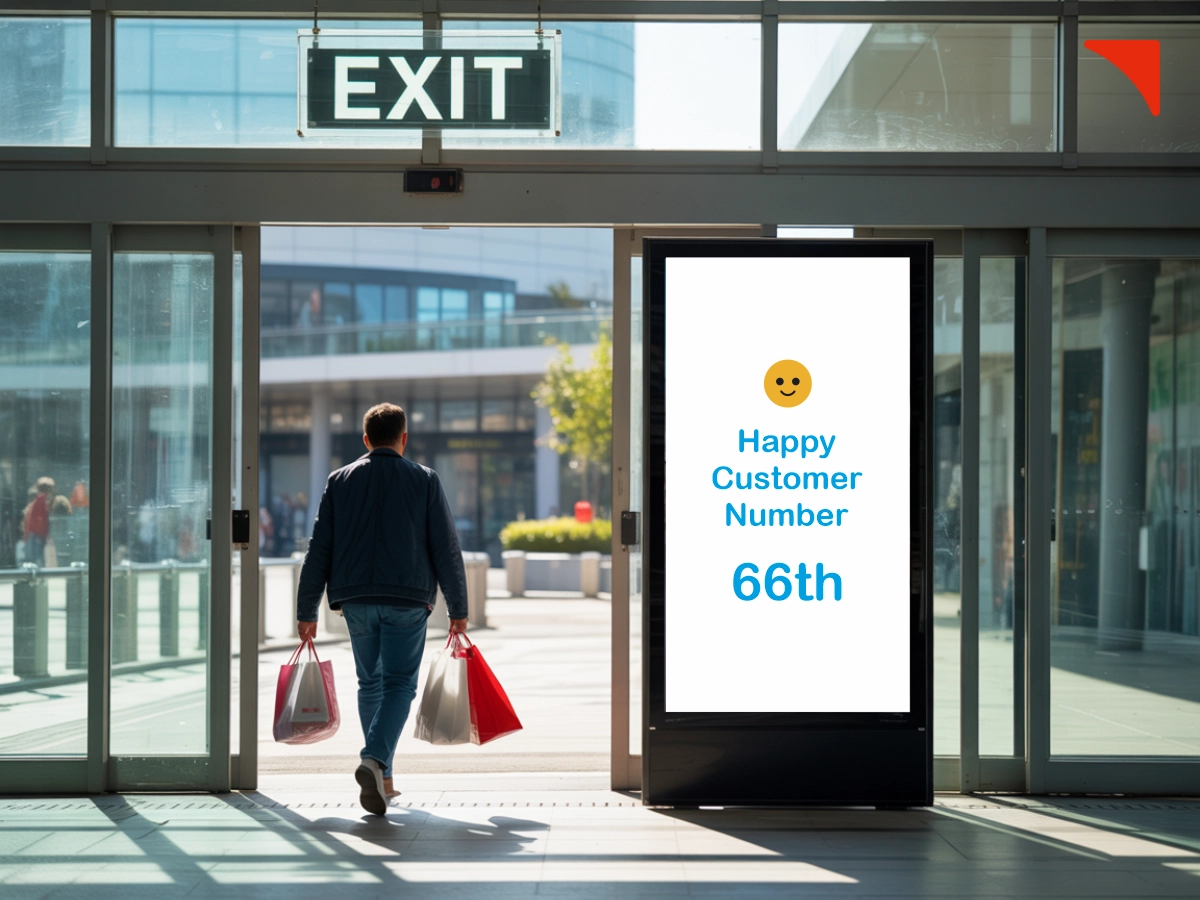
Designing an effective TTL strategy requires more than combining media channels. It’s about architecting the entire customer journey as a single, responsive experience—from initial exposure to post-purchase loyalty.
Here’s how modern retail brands can execute TTL marketing with precision:
1. Build a Unified Narrative Framework
TTL activities have the ability to maintain narrative cohesion across channels. Your storytelling on national TV, in TikTok videos, and email campaigns must align with each other, not just visually, but their overall theme should also match. Well, this does not mean that you need to repeat the same message everywhere. Instead, your message needs to appropriately evolve for each touchpoint while remaining anchored to a central brand truth.
2. Establish Channel Interdependencies, Not Channel Silos
One of the most advanced aspects of TTL is understanding how channels influence each other—and designing for those interactions.
In case a customer comes across a connected ATL marketing ad, say television commercial may be, and does not take any action, the TTL strategy will trigger a contextual mobile reminder. And if they browse online but leave their cart abandoned, TTL will retarget them with user-generated content reviews on social. This example clearly indicates that through the line strategies are not about reacting to channel specific behavior but about predicting and nudging behavior across channels.
3. Activate Real-Time Decisioning and Dynamic Content
Modern customers, or we can say, omnichannel customers are impatient. Hence, it is crucial for TTL strategies to deliver relevance at the speed of intent. Well, this is exactly where AI and automation come into action. TTL marketers use real time data to:
● Swap content creatives based on browsing or buying behavior
● Prioritize offers based on historical customer value
● Adjust messaging tone based on previous interactions
If a high-value customer abandons a cart with premium items, the TTL system might trigger a concierge-style follow-up email and a push notification with limited-time incentives—bridging BTL personalization with ATL scale.
4. Incorporate Physical Retail into the Digital Journey
In-store experiences should not exist in isolation. TTL strategies treat brick-and-mortar as part of the content-to-commerce funnel.
Imagine this journey: a customer sees an online ad, visits your store to explore, scans a QR code to unlock an exclusive online tutorial, and later receives a personalized app notification offering free next-day delivery on their preferred variant.
Here, the TTL strategy threads together intent, context, and convenience, turning the store from a static location into a living, connected platform.
Measuring Success: TTL Attribution in a Fragmented Landscape
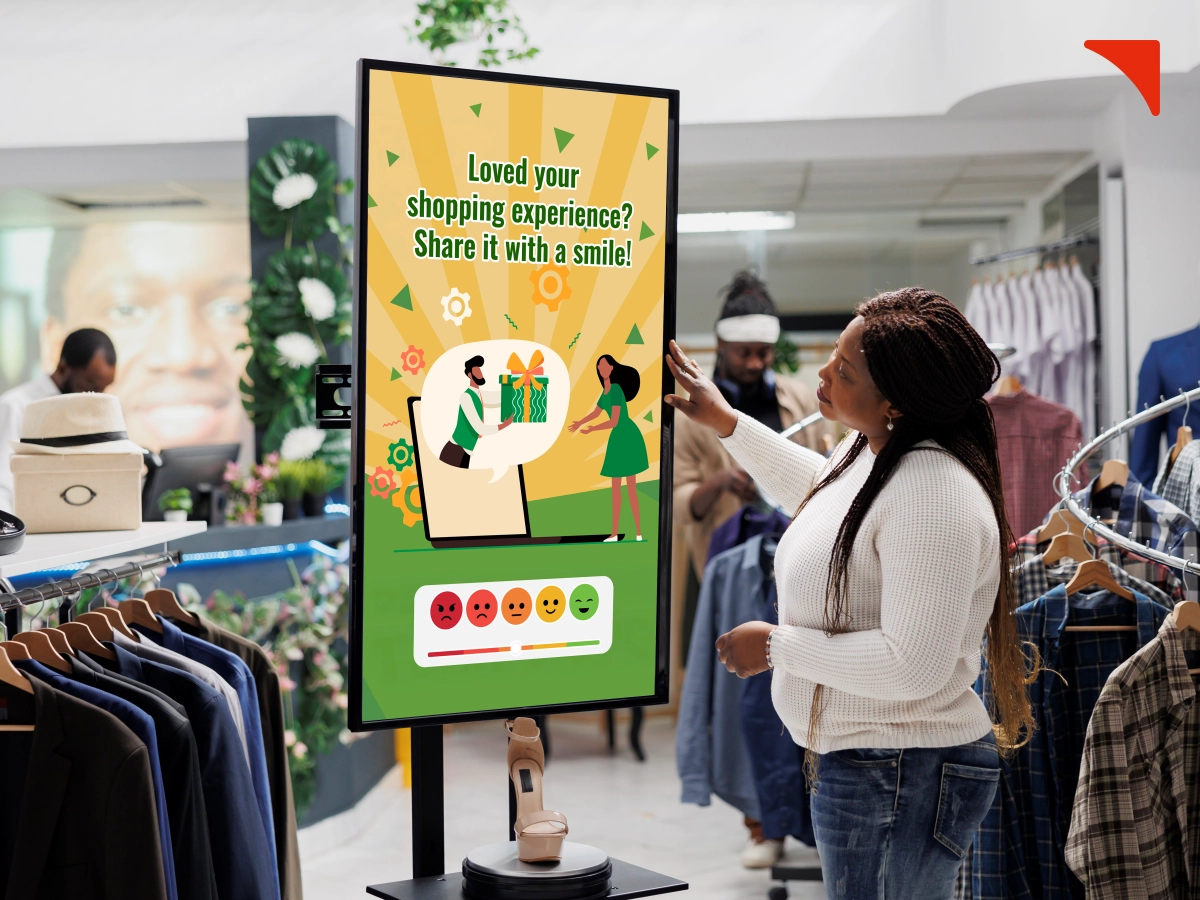
One of the biggest misconceptions about TTL marketing is that it's hard to measure. It’s not—it just requires a different lens.
Traditional attribution models fail because they isolate variables. TTL measurement requires multi-touch, cross-channel attribution models, designed to understand the cumulative impact of each touchpoint on both conversion and brand lift.
Leading TTL marketers rely on:
● Unified customer data platforms (CDPs) to centralize interactions
● Geo-lift studies and A/B testing to validate campaign combinations
● Incrementality models to separate correlation from causation
The goal is to see TTL not as a sequence of tactics, but as a living ecosystem—measured by how well it moves audiences from awareness to advocacy.